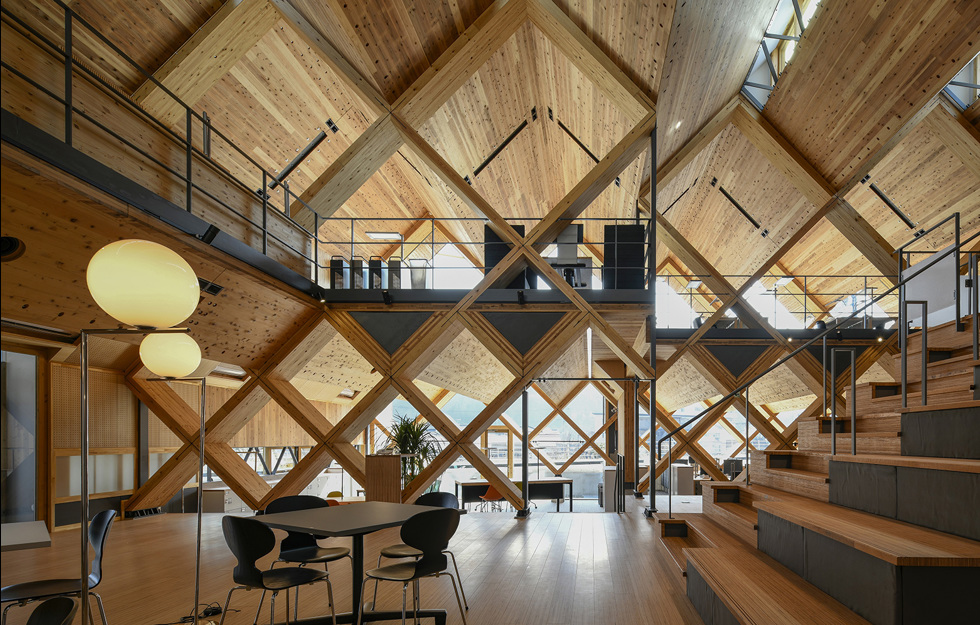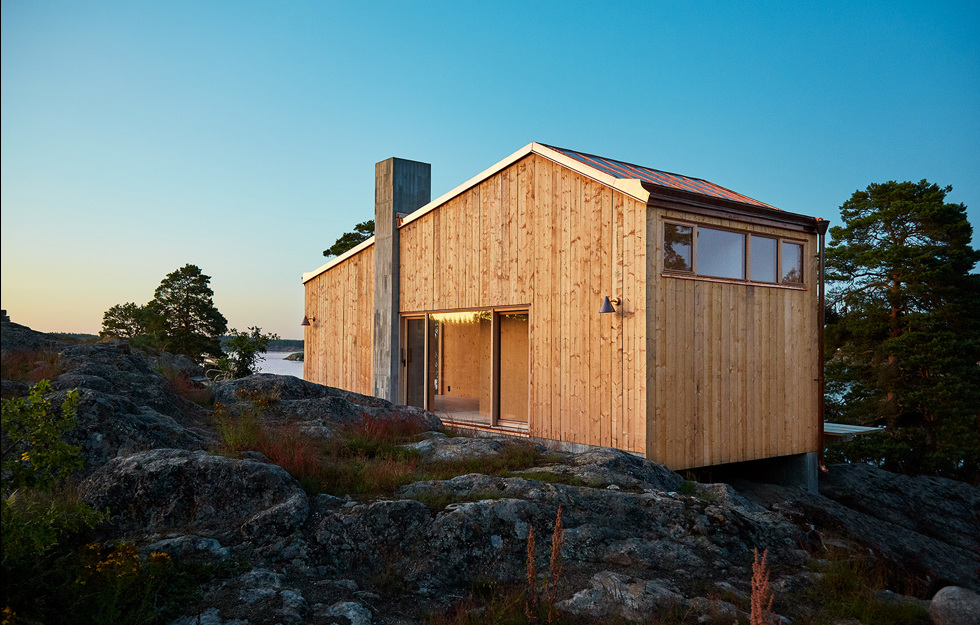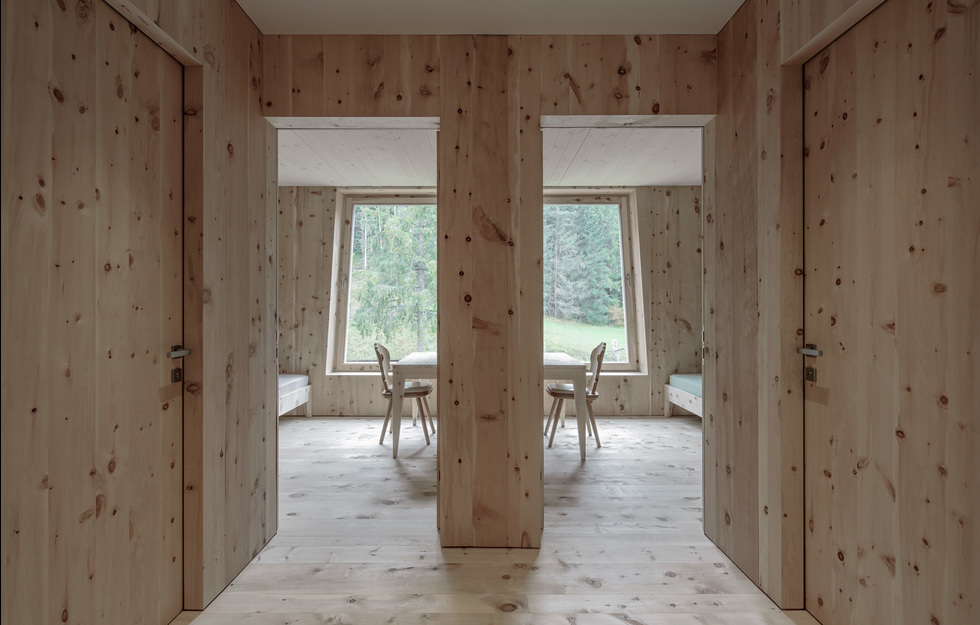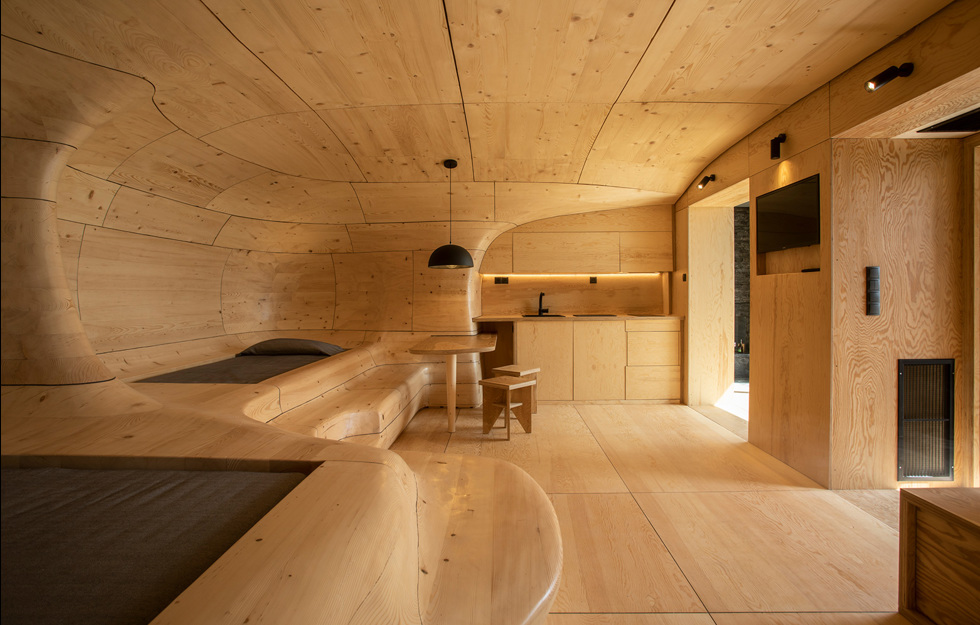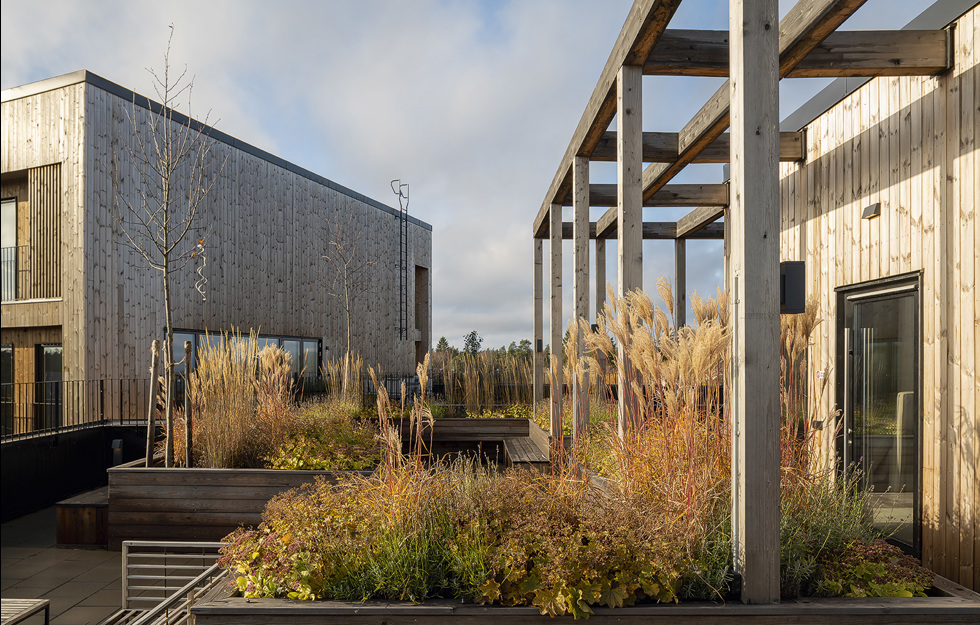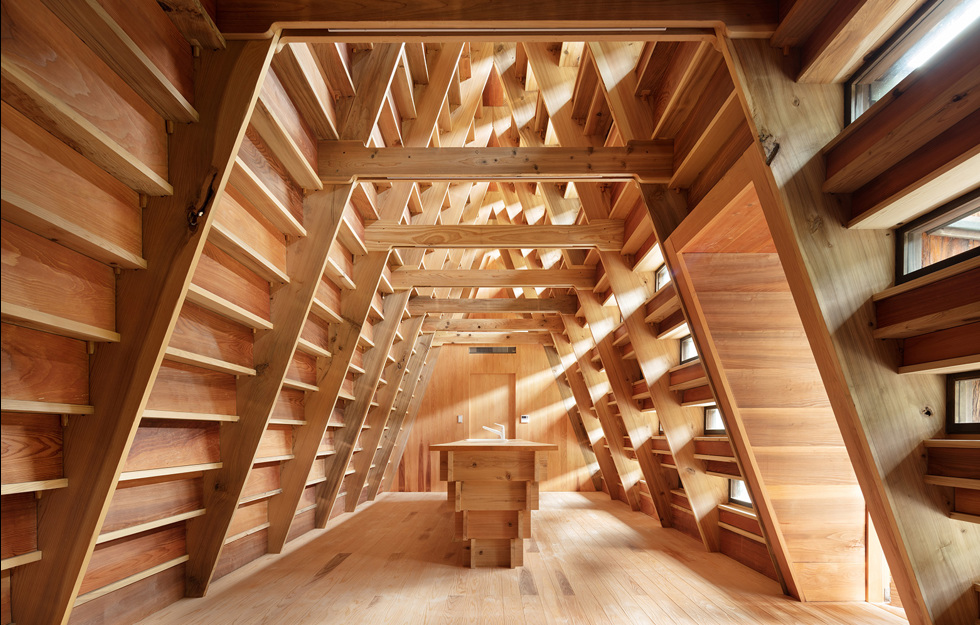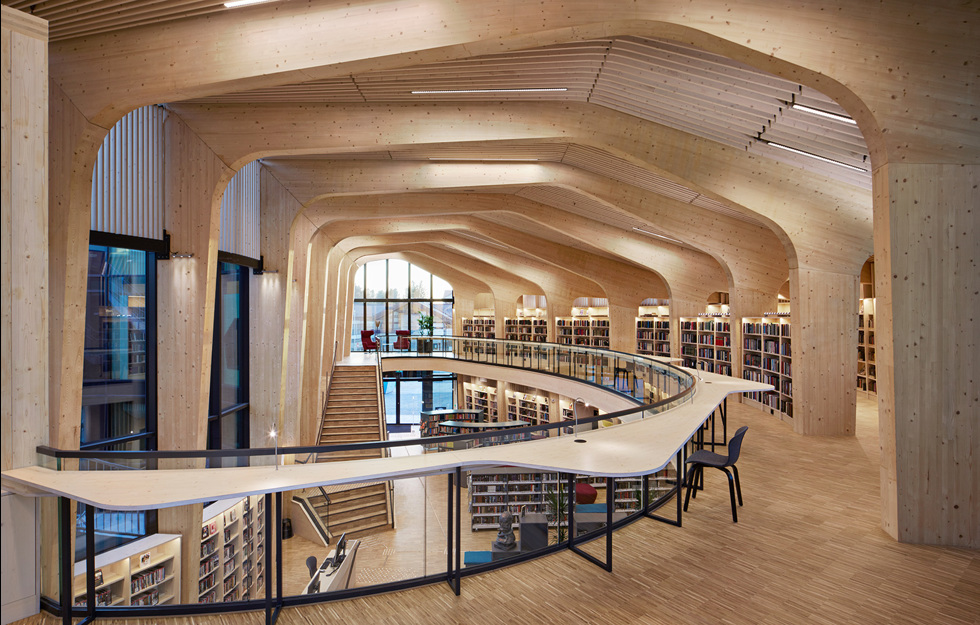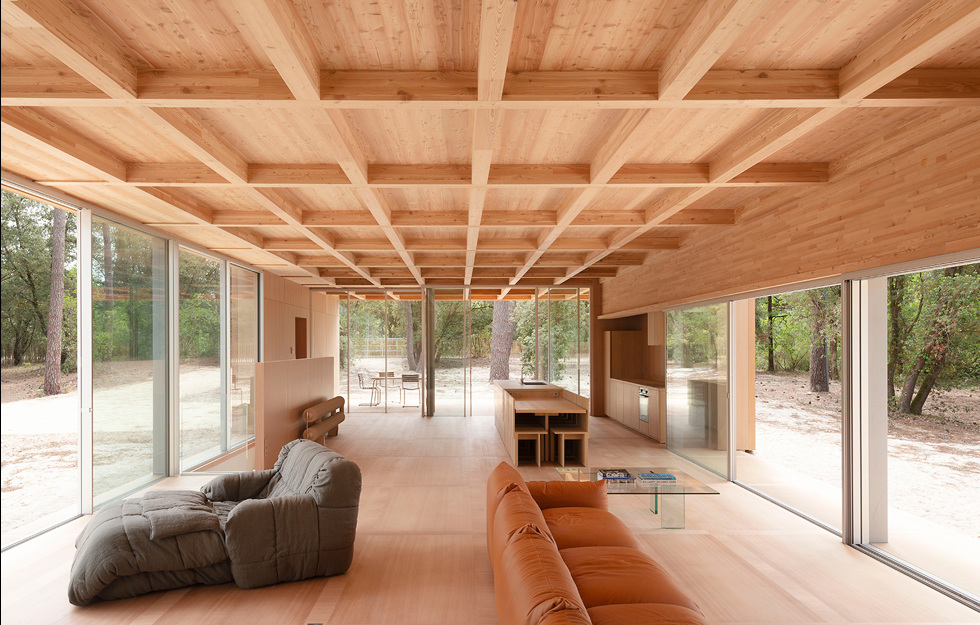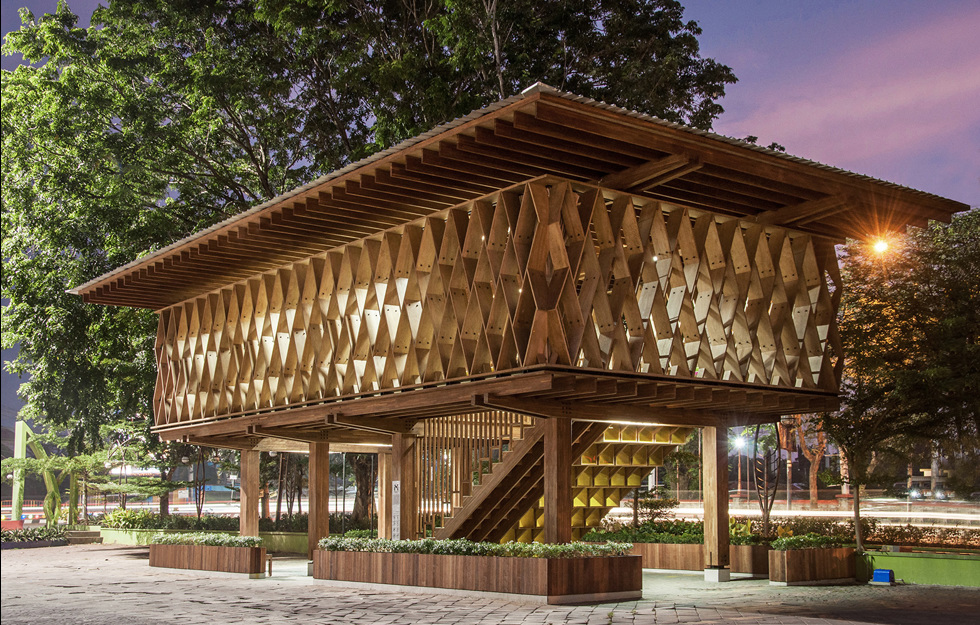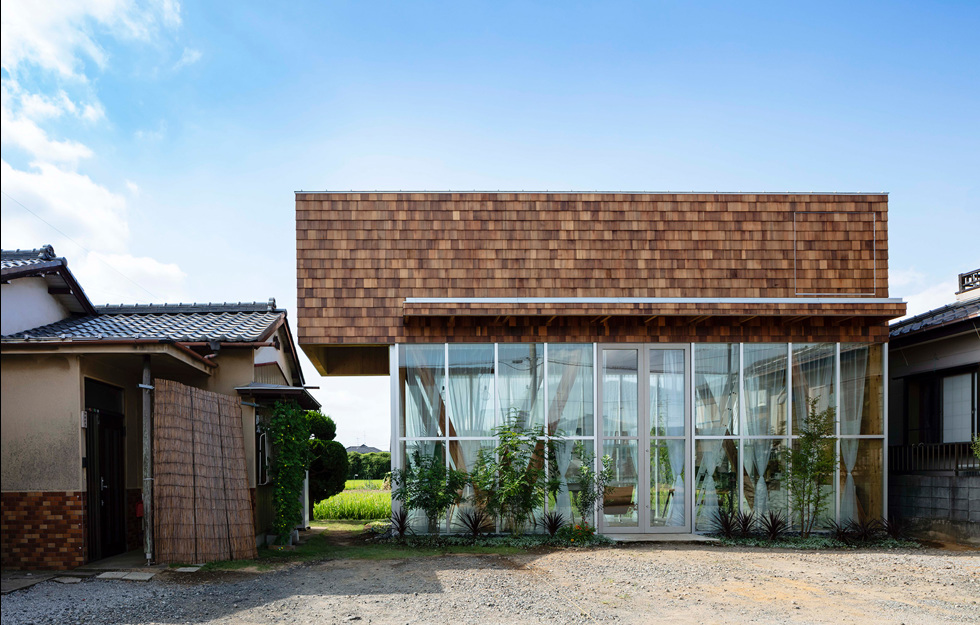SWEDISH WOOD WILL be announcing the 12th Träpriset architecture award on 9 March 2016, after the jury has considered the 139 entries that were submitted by the deadline in January 2015. The competition is open to any type of structure, as long as wood forms a significant part of the design. It has to be fully completed, no more than four years old and available for the Träpriset jury to visit.
The entries have been judged for the way they broadly meet the requirements of good architecture. The focus is on the actual site and the way the building relates to its surroundings and context. The Träpriset jury has also considered materials and details, and how various functions have been resolved. Plus the use of wood, of course!
“The quality of the materials and construction techniques has moved on quite considerably, as has interest among architects and private individuals. Changes are quite slow to occur in the construction industry, but looking back we can see that a great deal has happened since the award was first established in 1967,” says Per Bergkvist of Swedish Wood, who has been responsible for Träpriset since 1992.
The majority of entries were submitted in the category villas and holiday homes – as has been the case throughout the history of Träpriset.
“It has actually surprised me that we’ve received so few entries in the apartment block category. It’s perhaps still easier to achieve a good result on a smaller scale, and there may be a need for more development when it comes to building apartment blocks in wood,” says the chairman of the jury, Anders Svensson.
Anders Svensson is an architect with his own company Caselab and Professor of the practice at Chalmers University of Technology. He was a jury member when Träpriset was last awarded in 2012.
“Sitting on the Träpriset jury is a real honour. Going through the submitted entries and being involved in the whole process all the way to choosing a winner is incredibly exciting. The work is also very rewarding in terms of the discussions and exchange of experience that take place on architecture in general and wooden architecture in particular.”
ONCE THE JURY MEMBERS had independently reviewed all the entries and graded them, the list was honed down to 31 buildings that the Träpriset jury wished to inspect in situ.
“In the selection process, we made a joint assessment where we sifted out a broad range of buildings of high architectural merit that represented a contemporary use of wood. We were also interested in the money and made comparisons of the cost per square metre,” says Anders Svensson.
Both Per Bergkvist and Anders Svensson highlight the often lengthy task of travelling around and visiting the 31 longlisted entries. The geographical spread was enormous, and the jury did not shy away from more remote projects. Practically every mode of transport was used to travel the length and breadth of Sweden in the shortest and logistically most efficient time.
“Every entry we examined up close surprised us, and showed new and exciting aspects of wood use. In most cases, we also got to meet the users and the architect, which was very valuable. The ten entries on the final shortlist reflect promising advances in modern Swedish wooden architecture,” states Anders Svensson.
SINCE TRÄPRISET WAS first launched, a wide variety of buildings have won the award. The Tomtebo forest sauna outside Gävle won the award in 2012 and was designed by Meter Arkitektur in collaboration with their clients the Seitola-Gunnarssons.
Before that, in 2008, Träpriset went to the housing development Östra Kvarnskogen in Sollentuna, designed by Brunnberg and Forshed Arkitektkontor on behalf of Folkhem. Kjell Forshed, chief architect for Östra Kvarnskogen, believes the increase in wood construction has helped to reinforce the status of Träpriset.
“We were highly honoured to receive the Träpriset award. It confirmed that we’d taken a step forward and introduced innovations that had resulted in better wooden architecture. The homes in Östra Kvarnskogen are actually quite traditional standard buildings. What we did was to have them hovering in the air on slim steel pillars, which was only possible because they were made from wood. We exploited the lightness of the material to create something exciting.”
Kjell Forshed hopes that Träpriset 2016 will focus on a good example of something that works in larger-scale production, rather than rewarding a wooden building just for being spectacular.
“It’s everyday production in wood that needs an extra push forward. That would be more significant than going for the remarkable and the unique.”
THE WINNER OF TRÄPRISET 2016 will be presented on 9 March 2016, when the 12th award winner will accept the Träpriset statue and the prize of SEK 100,000. All the nominated entries will also be presented in the book ‘Architecture in wood – Träpriset 2016’ and in a touring exhibition.
TEXT: Katarina Brandt



